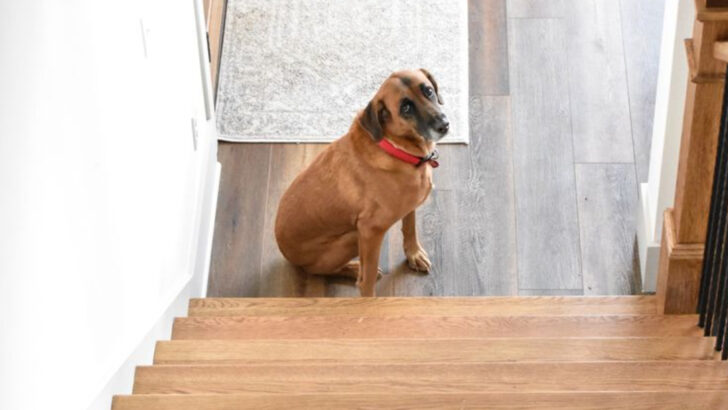Dogs are brave—until you break out the vacuum.
One moment they’re barking at a stranger like a furry superhero, and the next they’re trembling at the sight of a balloon. Yes, a balloon. It’s not madness. It’s dog logic, and once you understand it, everything starts to make sense.
From aluminum foil to the sound of flip-flops, their fears can feel hilariously random.
But every bizarre reaction is tied to something real in their wild, wired-up brains.
They’re not being dramatic—they’re being themselves.
So before you laugh too hard at your pup’s terror over a garden gnome, remember:
There’s a method behind the madness.
And it’s as weird—and wonderful—as dogs themselves.
Vacuum Cleaners
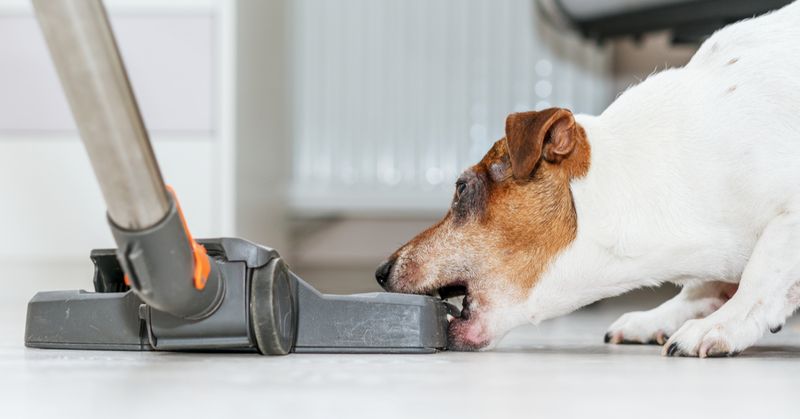
The loud, roaring noise of a vacuum cleaner can send even the bravest dog into hiding. Imagine a creature that sounds like a roaring beast and seems to eat everything in its path. Dogs’ sensitive ears make the noise overwhelming, while the unpredictable movement adds to their confusion.
In their eyes, the vacuum seems to come alive, moving around their territory uninvited. Some dogs bark ferociously, trying to protect their home from this strange invader. Others may scamper away, seeking solace under a bed or in another room.
Thunderstorms
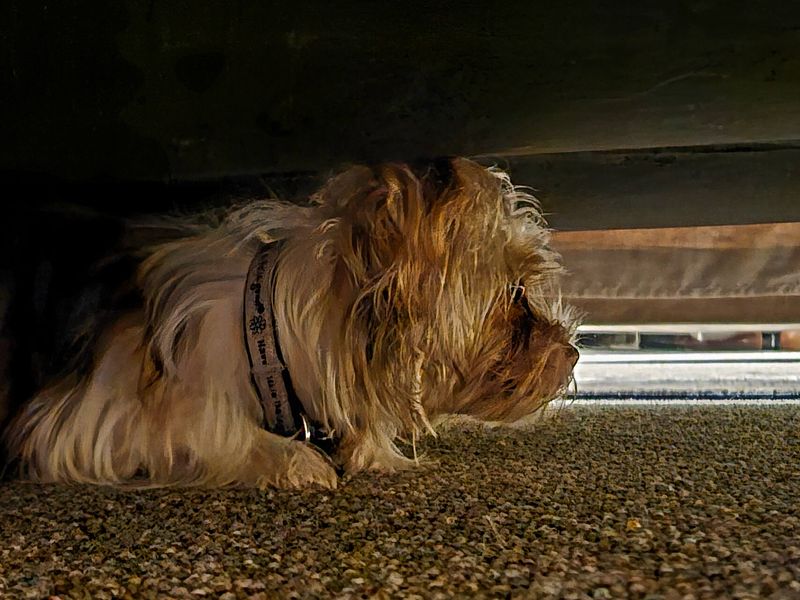
Thunderstorms are a sensory overload for many dogs. The combination of loud booms, bright flashes of lightning, and atmospheric pressure changes creates a terrifying experience.
Dogs can sense the drop in barometric pressure, which often signals a storm’s approach. The loud thunderclaps mimic sounds they might associate with danger.
Some instinctively seek out a safe, quiet space, like a bathroom, to ride out the storm. Others may become clingy, seeking comfort from their human companions. This fear is deeply rooted in their survival instincts.
Fireworks
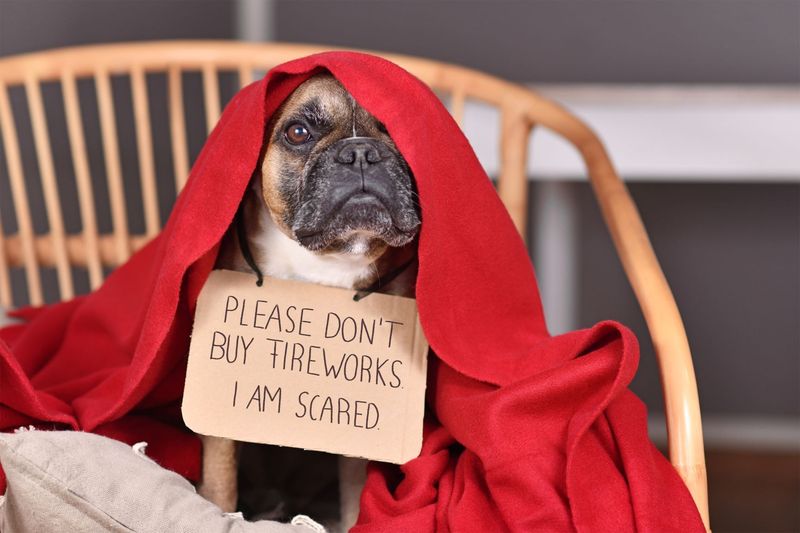
Fireworks are a common fear among dogs, and it’s easy to see why. The sudden, unexpected bursts of light and sound can be incredibly jarring. For dogs, who have acute hearing, this cacophony is much louder and more frightening.
Unlike thunderstorms, fireworks are unpredictable and lack any natural warning signs. This gives dogs little time to prepare for the onslaught.
Many dogs will shake, hide, or even try to escape to find somewhere quieter and more secure. Owners must provide a calm environment to help ease their pets’ anxiety during these events.
Stairs
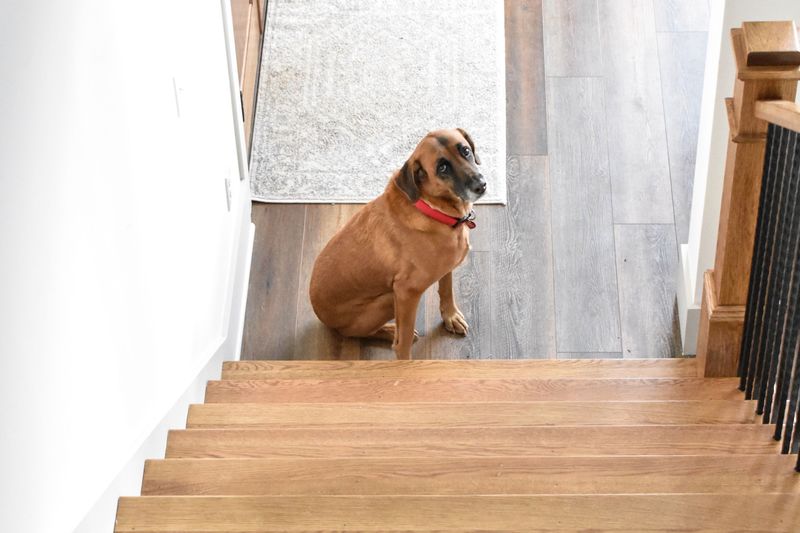
For some dogs, stairs can be a daunting obstacle, especially if they’re small or have never encountered them before. The sight of a steep incline can be intimidating, and the thought of descending can seem risky.
Puppies or older dogs may lack the confidence to tackle stairs, fearing they might slip or fall.
The unfamiliarity of this challenge can make it a source of anxiety. Encouragement and patience from owners can help dogs gradually build the courage to conquer staircases, one step at a time.
Balloons
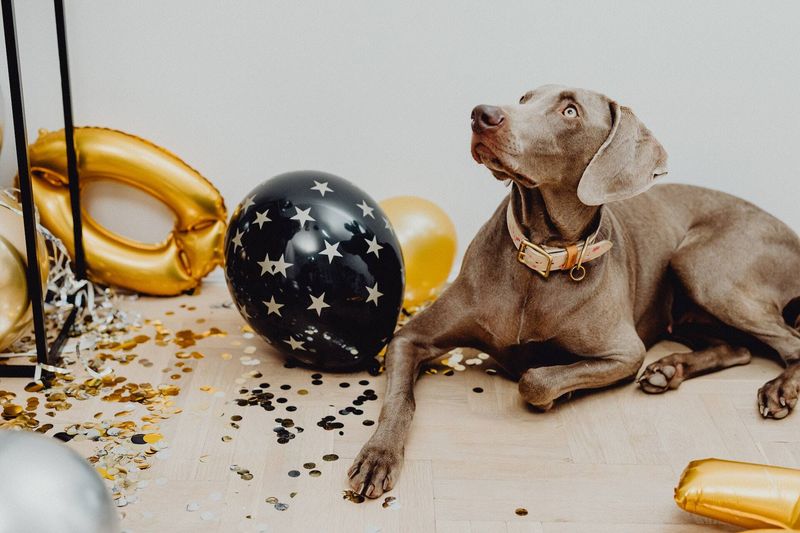
Balloons might seem harmless, but to some dogs, they are peculiar floating objects that can be quite unnerving. The way balloons move unpredictably with air currents can catch a dog’s attention and raise their suspicion.
A sudden pop can startle even the calmest canine, reinforcing their fear. Balloons can appear out of place in a dog’s familiar environment, adding to the anxiety.
Introducing balloons slowly and with positive reinforcement can help dogs adjust to these unusual party decorations, lessening their trepidation.
Umbrellas
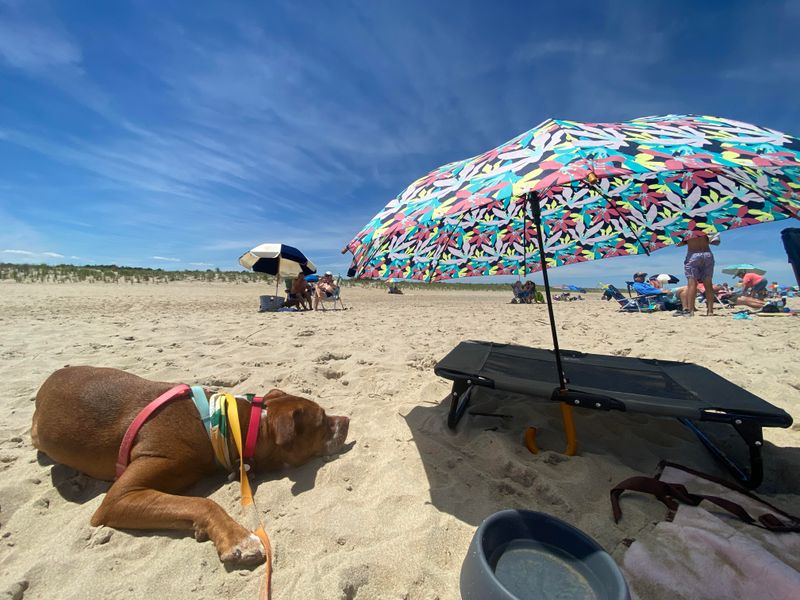
An umbrella opening suddenly can be quite a shock for a dog. The unexpected movement and the change in size can seem alarming, transforming a familiar person into something unrecognizable.
Dogs rely on visual cues to recognize people and objects, so an umbrella’s rapid expansion is bewildering. It’s not just the movement; the sound of the fabric popping open adds to the fear factor.
With patience, dogs can be accustomed to umbrellas, especially when they associate them with walks or playtime.
Statues
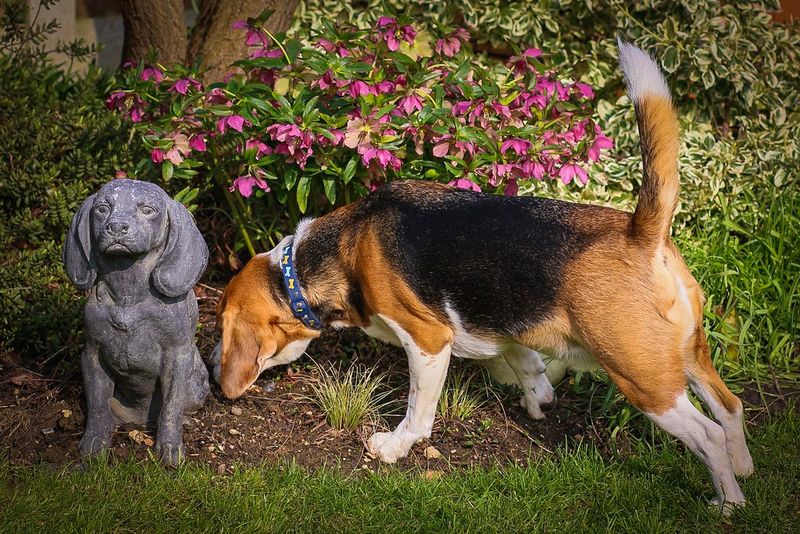
Statues can puzzle dogs, appearing as lifeless figures that resemble living beings. This uncanny resemblance can be unsettling. Dogs may bark, unsure whether the statue is a friend or foe.
Their confusion is compounded by the lack of scent or movement, two key indicators that dogs use to assess their environment.
Some dogs may approach with caution, sniffing and circling the statue to gather more information. With time and exposure, dogs can learn to recognize these inanimate objects as harmless fixtures in their surroundings.
Reflective Surfaces
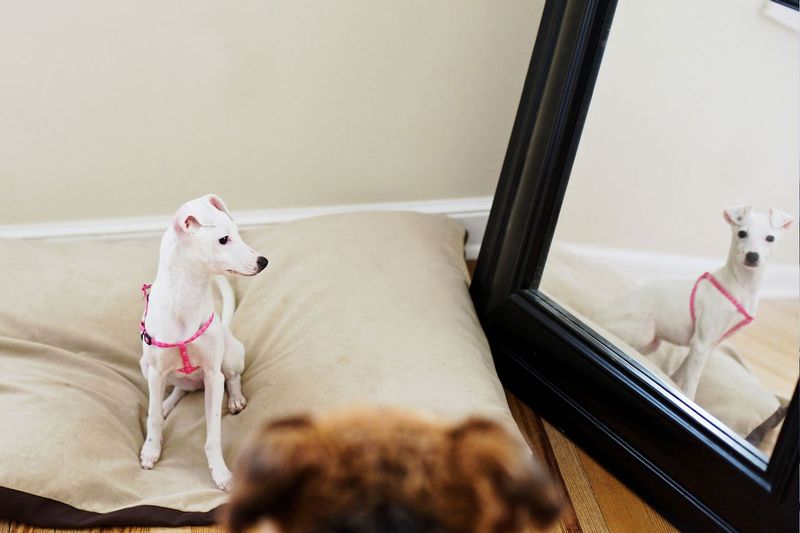
Mirrors and other reflective surfaces can be mystifying for dogs. They see another “dog” staring back at them, which can be both intriguing and threatening.
Since reflections don’t have a scent, dogs are left puzzled, unable to rely on their keen sense of smell to make sense of what they see.
For some dogs, it becomes a game of discovery, barking and pawing at the reflection. Others might ignore it altogether once they realize it’s not a real threat. This fascination often dwindles with repeated exposure.
Lawnmowers
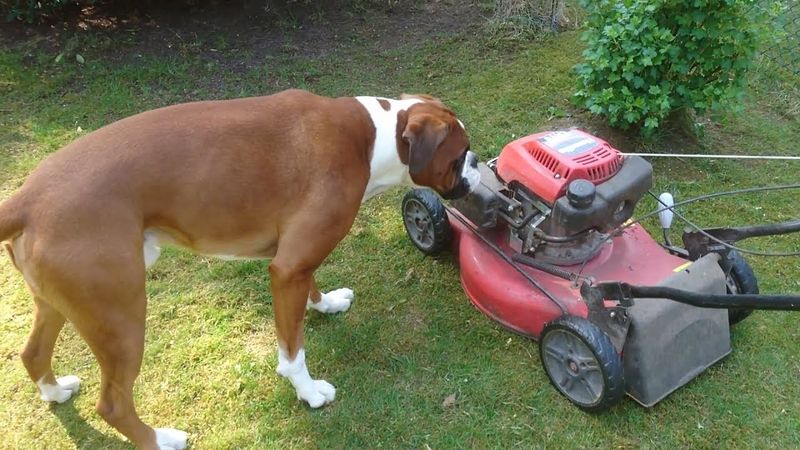
Lawnmowers can be a dog’s arch-nemesis, with their loud engines and moving parts. The noise is often unbearable for canine ears, making it seem like an aggressive intruder.
When a lawnmower starts, it disrupts the peacefulness of a dog’s outdoor domain. The unpredictable movement and the scent of freshly cut grass add to the confusion.
Some dogs may react defensively, barking or trying to chase the machine away. Gradual exposure and positive reinforcement can help lessen their fear over time.
Hats
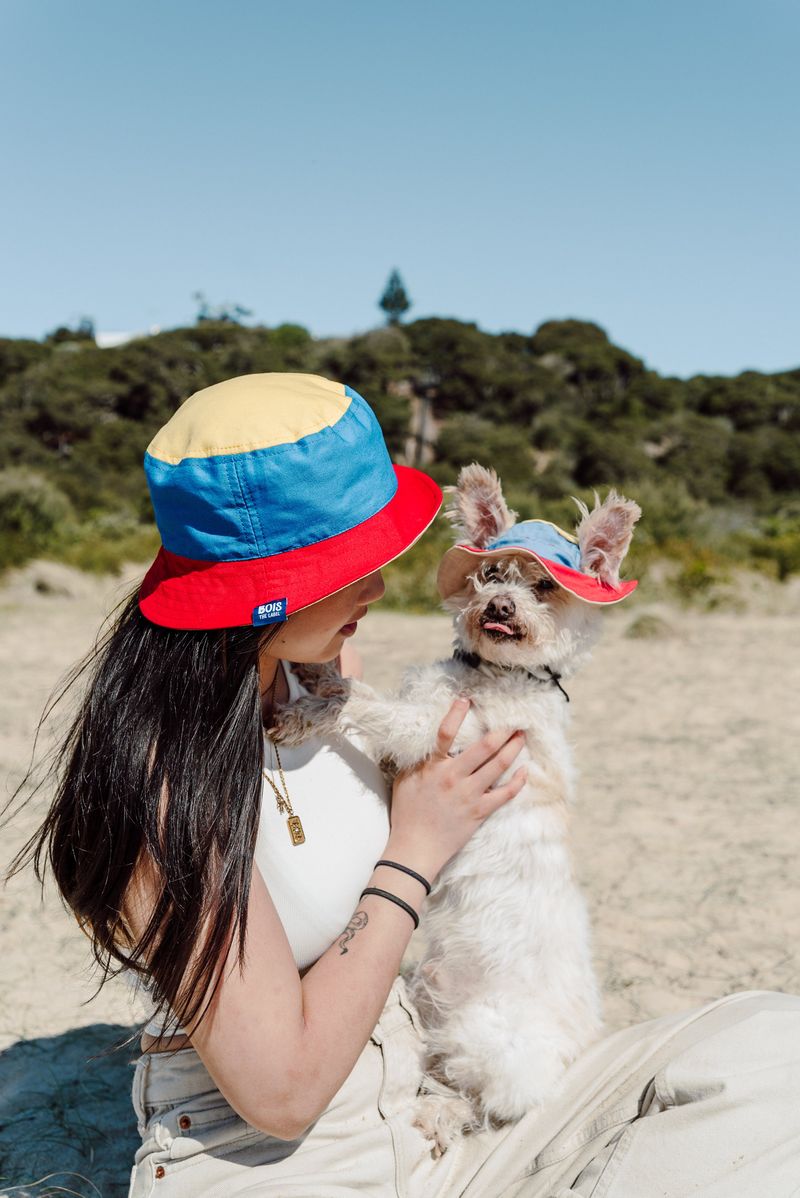
Hats can baffle dogs, especially if they dramatically change the appearance of a familiar person. Dogs rely on visual cues to recognize faces, so the addition of a hat can make someone look entirely different.
A dog’s confusion is evident as they tilt their head, trying to match the altered appearance with the familiar scent and voice. Some dogs might bark or shy away, unsure of this transformed figure.
With repeated exposure, dogs often become accustomed to hats, realizing they are just an accessory rather than a threat.
Bicycles
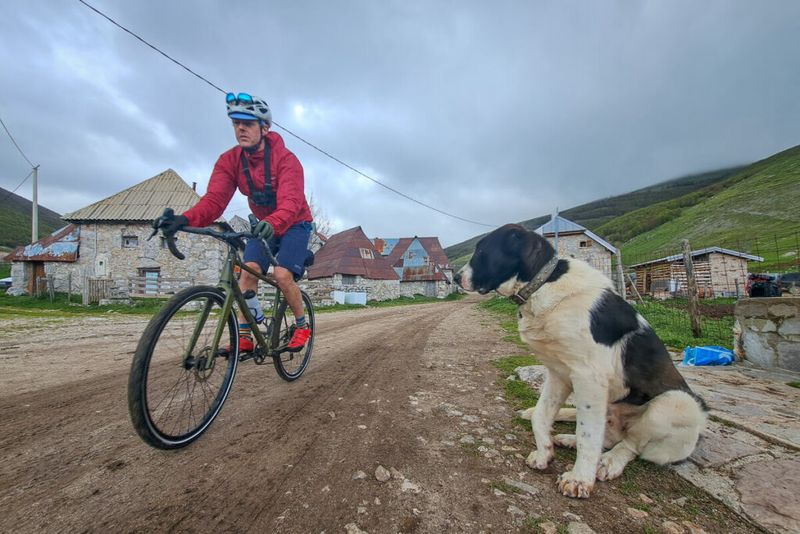
Bicycles, with their swift movement and unfamiliar form, can be unnerving for dogs. The way they glide silently, yet swiftly, can trigger a chase instinct or fear response.
Dogs might see bikes as large, moving creatures that suddenly invade their space, making them anxious or defensive.
Some dogs may bark or try to chase after cyclists, while others might freeze, unsure of how to react. Training and socialization are key to helping dogs understand that bicycles are harmless and not a threat.
Beards
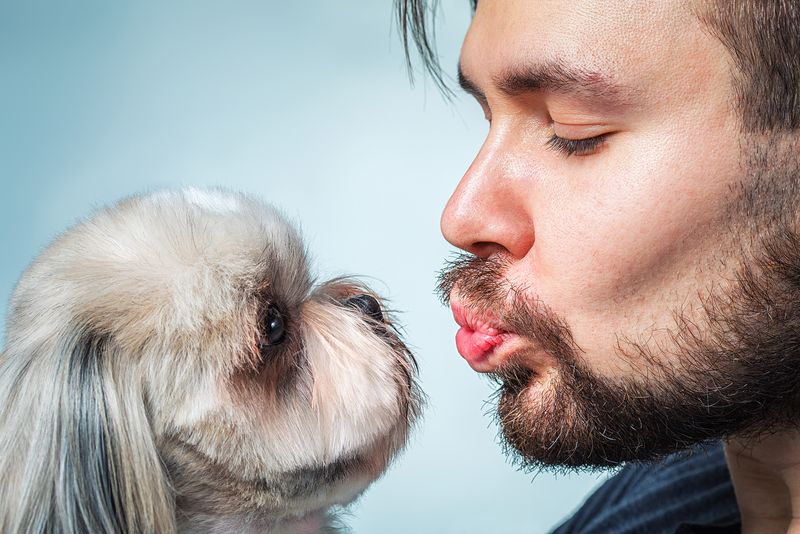
Beards can be perplexing for dogs, especially if they alter the familiar face of someone they know. Facial hair can change the appearance drastically, leading to confusion.
Dogs rely on visual and olfactory cues to recognize people. A beard can disrupt this recognition, causing dogs to approach with hesitance.
Some dogs might bark or appear wary, trying to couple the familiar scent with the unfamiliar look. Over time, with consistent interaction, dogs can adapt, realizing that a beard is just another feature of the person they trust.
Ceiling Fans

Ceiling fans can captivate and confuse dogs. The constant, silent movement above their heads can seem out of place and unsettling. Dogs might be wary of the spinning blades, unsure of their purpose or intent.
The gentle breeze created by the fan adds to the mystery, stirring a dog’s curiosity or concern. Some dogs may bark at the fan, while others watch intently, trying to understand its function.
With time, most dogs learn to ignore ceiling fans, realizing they’re just harmless fixtures overhead.
Plastic Bags
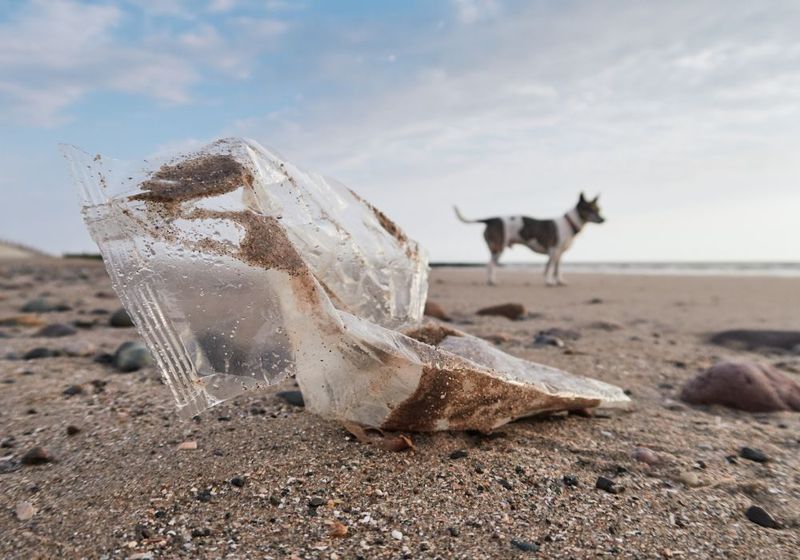
Plastic bags, especially when caught by the wind, can be startling to dogs. The rustling noise and erratic movement mimic live animals, triggering a dog’s prey instinct or fear response.
The unpredictability of plastic bags, floating and shifting in the breeze, can make them seem alive and threatening. Some dogs might chase after them, while others keep a wary distance.
By exposing dogs to plastic bags in a controlled environment, owners can help them understand that these objects are not a threat, easing their anxiety.
Masks
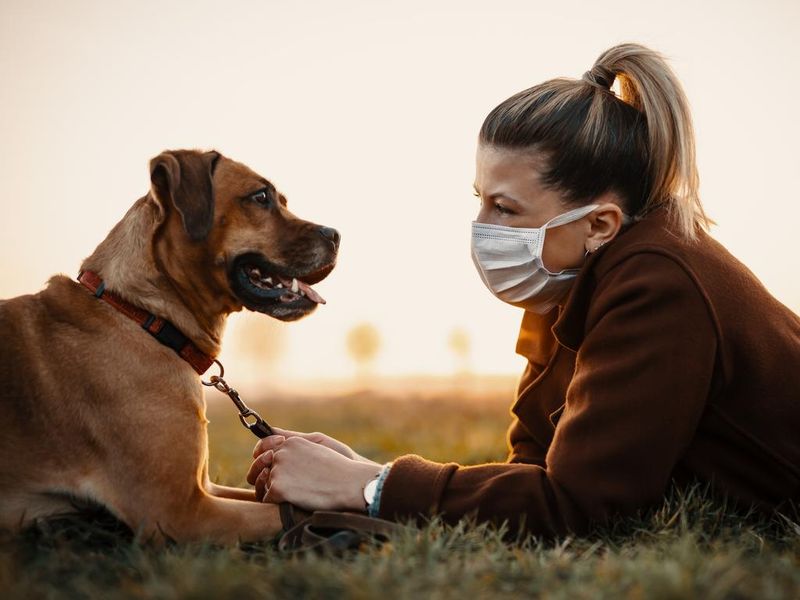
Masks can bewilder dogs, as they obscure familiar faces and expressions. Dogs are adept at reading human emotions through facial cues, so a mask can disrupt this ability.
The sudden transformation of a well-known person into an unrecognizable figure can be unsettling. Dogs might react with barking or retreating, unsure of what to make of the change.
Gradual exposure and positive reinforcement can help dogs become familiar with masks, reassuring them that beneath the disguise is a trusted friend.

